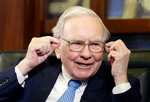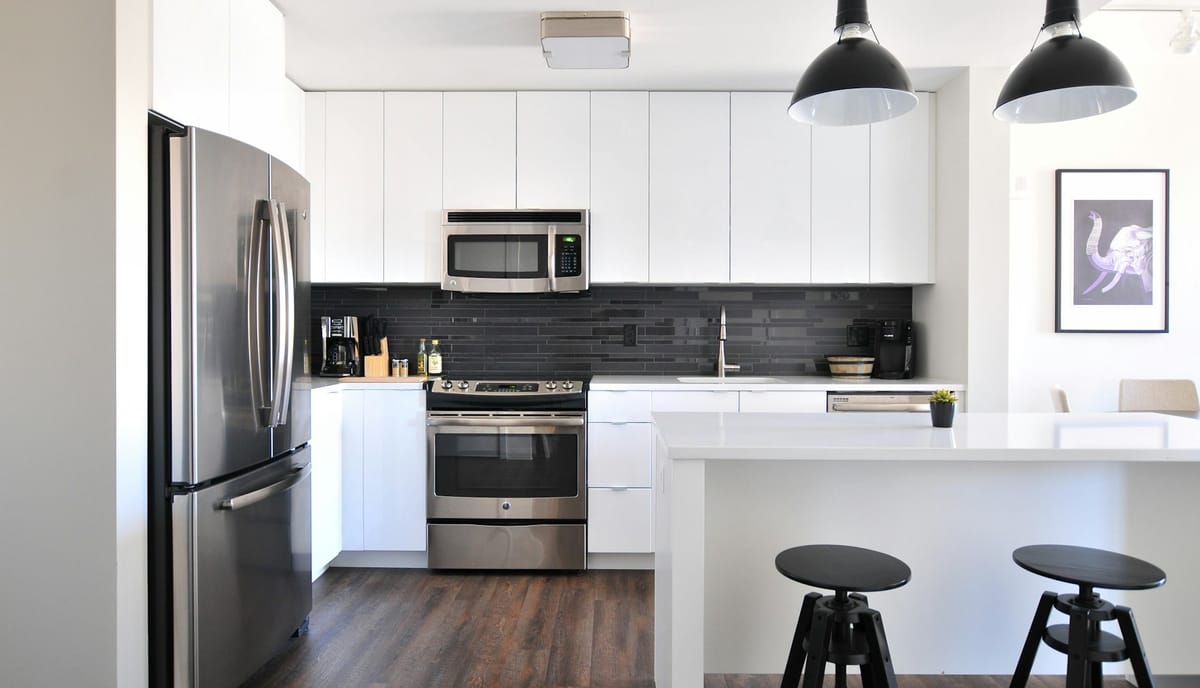Featured Posts

Last week, people saw the 7% spike in the S&P 500 and called it a relief rally. Markets breathed. Volatility cooled off for a moment. But what actually happened wasn’t just a response to Trump’s sudden 90-day tariff pause. It was a pressure release after days

Let’s talk markets. Specifically, let’s talk about what just went down (literally) in the Nasdaq this week. If you’ve been paying attention—or maybe even if you haven’t—it’s gotten pretty ugly pretty fast. I even tweeted something about it: Markets take the stairs up

The drop happened fast! If you blinked sometime in February, you might’ve missed that we were at new all-time highs. Now? We're in full correction territory. Just yesterday, the S&P 500 fell more 2%, and now close to 10% in less than a month. Not

Did you know that 56% of Wisconsin’s agricultural exports could be impacted by tariffs from Canada, Mexico, and China? Wisconsin now represents the 11th largest exporter of agricultural products in the U.S., up from 13th in 2023 (WI DATCP). In 2024, Wisconsin’s agricultural exports reached $3.97

Pending home sales dropped in July, and our Pending Home Sales Index (PHSI) plunged, marking the lowest reading since 2001. What's in store for the housing market?
Pending home sales dropped by 5.5% in July, according to the National Association of Realtors. The Pending Home Sales Index (PHSI) fell to 70.2, marking the lowest reading since the index began in 2001, highlighting significant challenges in the housing market.
All four U.S. regions experienced declines. The Northeast saw a 1.4% dip from June, though it posted a 2.4% increase year-over-year. The Midwest faced a sharp 7.8% drop, down 11.4% from last year. The South decreased by 6.5%, an 11.5% decline year-over-year, and the West saw a 3.8% drop, with a 6.0% decrease from the previous year. But what’s really driving these regional differences?
Several factors are driving this downturn. Affordability remains a big issue, with mortgage rates and home prices outpacing wage growth. NAR Chief Economist Lawrence Yun cited the upcoming U.S. presidential election as adding to market uncertainty, causing buyers to adopt a cautious, "wait-and-see" approach.
Despite job growth and increased inventory, the economic environment remains difficult for homebuyers. Yun said that "a sales recovery did not occur in midsummer," showing our headwinds from high interest rates and low affordability.
With the pending home sales at their lowest level since 2001, our housing market is uncertain. While lower mortgage rates might eventually lure buyers back, the broader climate and consumer confidence, especially leading into volatility around the election, will play a large role in our market direction.


